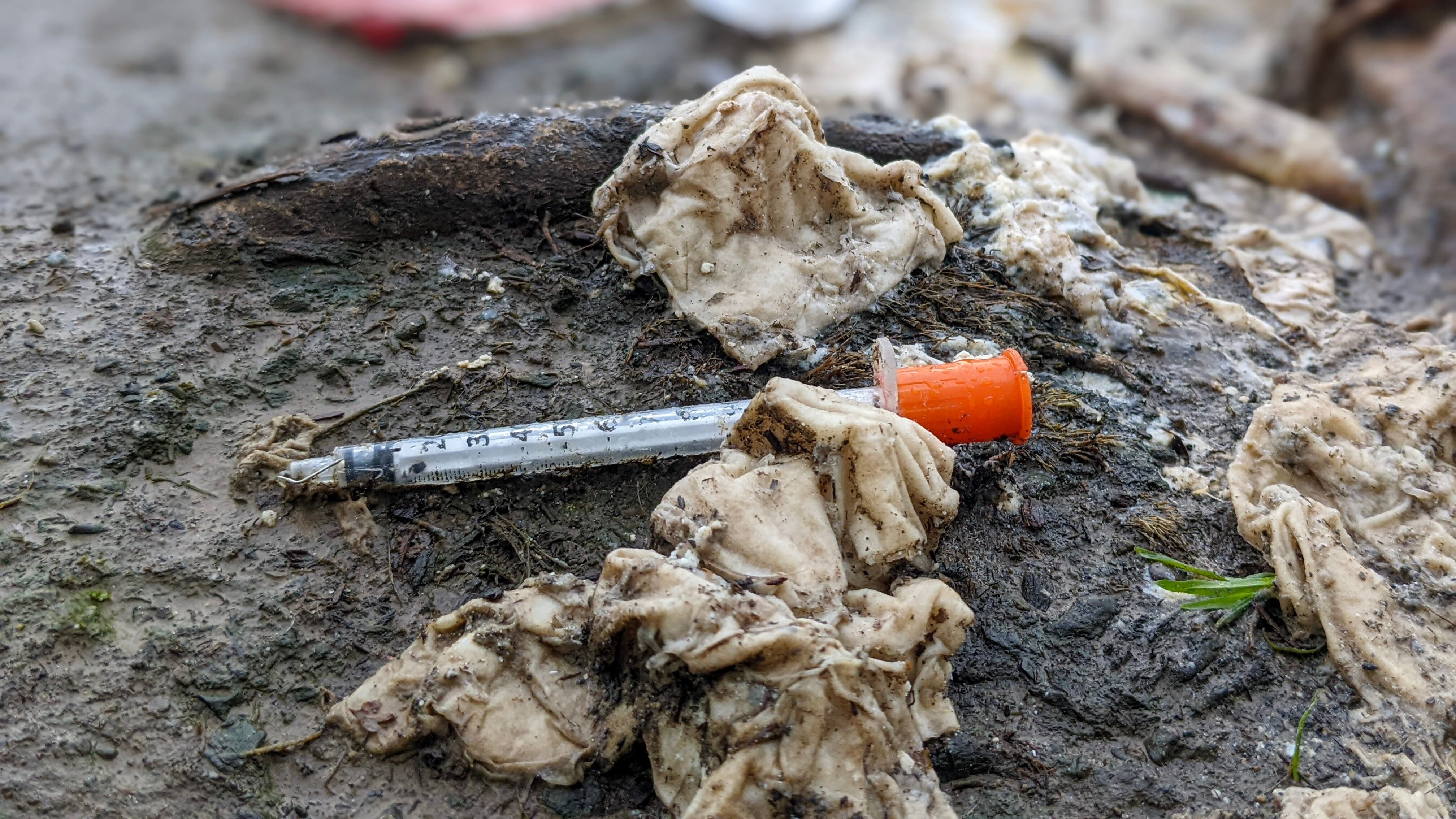Deaths from drug overdoses in Oregon rose 33.6% to 1,069 in 2021, according to preliminary data from the Centers for Disease Control and Prevention. That’s the fifth-largest jump in deaths in the nation, after Alaska, Kansas, South Dakota and Vermont.
The increase was greater than the 31% rise in 2020 and bucked a national trend. U.S. overdose deaths rose 15% to almost 108,000 last year, moderating from a 30% increase in 2020, when the COVID-19 pandemic gripped the nation.
Oregon’s numbers are rising because of an influx of fentanyl, says Haven Wheelock, harm reduction coordinator at Outside In, a Portland clinic that offers addiction services. Fentanyl is a synthetic opioid that can be 100 times stronger than morphine. It is often cut into other drugs, unbeknownst to users, to enhance potency.
“I don’t see these numbers going down anytime soon,” Wheelock says. “It’s pretty scary.”
Fentanyl, long present on the East Coast, is relatively new in the West, Wheelock says, and it’s spreading quickly. “I’ve never seen a change in the drug supply happen so fast,” Wheelock adds.
The increase in deaths comes as Oregon is struggling to disburse money from Measure 110, the 2021 initiative that decriminalized the personal use of most hard drugs and provided funding for treatment. The law sweeps all state tax revenue from recreational cannabis above $45 million a year into a fund for referral and treatment.
Treatment providers had expected $265 million from cannabis taxes to be awarded in January, but the money has only just begun to trickle out. Today, the Oregon Health Authority said the Measure 110 Oversight Accountability Council had approved applications from providers in 27 of Oregon’s 36 counties, up from 21 last week.
Yesterday, OHA and the Oregon Department of Education released a “Fentanyl & Opioid Response Toolkit” to help schools create emergency plans to administer naloxone, a drug that reverses opioid overdose. (Naloxone, commonly known as Narcan, is available to any Oregonian over the age of 15, without a prescription.)
Included in the document are a guide to the symptoms of overdose and clues to determining if a pill is laced with fentanyl.
“Some fake pills have marks that look like real pills,” the document says. “Some are marked M30, K9, 215, or V48. Fake pills may have other markings or no markings.”
In March, two teenagers in Portland Public Schools fatally overdosed on fentanyl. An investigation by Portland police showed both had blue pills known as M30s in their possession, perhaps thinking they were Xanax or oxycontin.

